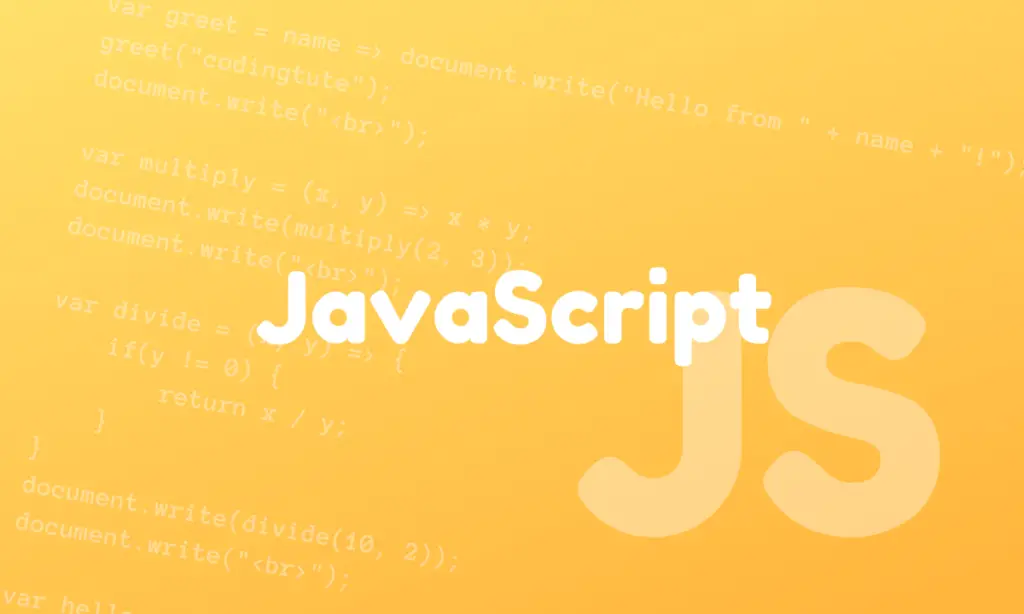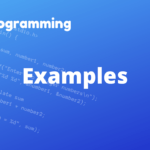In JavaScript, a switch statement allows you to execute different blocks of code based on the value of a variable or expression. It is often used as an alternative to a series of if...else if...else statements.
Here is an example of a switch statement:
let x = 'red';
switch (x) {
case 'red':
console.log('x is red');
break;
case 'blue':
console.log('x is blue');
break;
case 'green':
console.log('x is green');
break;
default:
console.log('x is not red, blue, or green');
}
In this example, the switch statement evaluates the value of x and compares it to the cases listed inside the switch block. If the value of x matches the value of a case, the code associated with that case is executed. If the value of x does not match any of the cases, the code in the default case is executed.
It’s important to note that each case block must end with a break statement. This tells the JavaScript engine to exit the switch block and move on to the next line of code. If you omit the break statement, the code in the next case block will also be executed, which is often not what you want.
You can find the complete JavaScript Tutorials here.
Follow us on Facebook, YouTube, Instagram, and Twitter for more exciting content and the latest updates.


